What’s Up Next?
March 2017 ~ More on our Learning Curves
(Rounding Edges w/ Strengths)

(Bookbinding via Simon A. Eugster)
Inquiry:
What are your strengths and/or (learning/growing) edges? Have you identified which NVC skills, currently under your belt, might buttress those yet beyond your grasp (e.g. using “presence” to fortify “feelings-awareness” etc.)?
Handout for Sunday’s tele-practice group: Strength/Edge_Worksheet
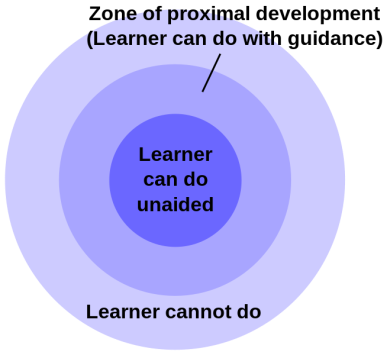
We’ll experiment with differing strength/edge skill pairings during the dialogue lab (w/ iGiraffe) portion of our call:
Alternate_iGiraffe (remote_control)

(Wikimedia Commons Figure Skating Edges courtesy of Hergilei)
Strength or Edge? e.g. Try divvying up (into the two columns beneath) which of these handful of Matrix skills you consider to be either a strength &/or edge: Presence; Observing; Feelings-Awareness; Needs-Consciousness; Request-Consciousness & Making Requests; Honest Self-Expression; Empathy; Patience; Reconnecting-to-Self & Recovering-from-Reactivity

Strength | Edge
__________________________
Needs-Consciousness
Recovering from Reactivity
| Presence | Observing | Feelings-Awareness | Needs-Consciousness | Requests | |
| Honest Self-Expression | Empathy | Patience | Recovering from Reactivity | Self-Acceptance |
What’s an edge that you would like to build upon?
(Pick a complementary strength that might support you in developing this skill.)
Pathways to Liberation – Matrix
Listen to a (free) recording of one way to use the Matrix here.

Download:
Pathways to Liberation Self Assessment Matrix v1 2.pdf
Pathways to Liberation Self Assessment Matrix v1 2 large.pdf
Three Necessities for Integrating NVC
An individually crafted practice
to support integrating NVC in your life.
1. Identify an edge
2. Identify a strength
(Consider, how can you use your strength to support your edge?)
Skills to consider:
Presence
Observing
Feelings -Awareness
Self-Acceptance
Needs-Consciousness
Recovering from Reactivity
Making Requests Empathy
Empathy
Honest Self-Expression
Patience
Strength/Edge practice originated with Jim & Jori Manske via 1) Radical Compassion – Matrix & 2) Taste of Compassionate Leadership Free Teleclass – NVC Academy – see last slide of their handout here – [PDF].
Here is the link to the audio recording of their (free) 2/25/17 call.
Per Newsletter: This is a taste of what the NVC Academy library offers. Click here to explore the library more fully. To support NVC Academy’s mission of making NVC available to everyone who wants it, please donate here. The Manskes will be teaching a free class on the 4th Saturday of March (March 25th) to explore “Recovering From Reactivity” (register here).
The Flight Simulator – Mediate Your Life
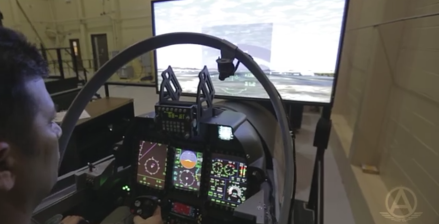
(WikiMedia Commons: United States Air Force – Master Sgt. Jeffrey Allen)
Lastly, try identifying a practice (e.g. Three-Layers-of-Empathy) that may support you in utilizing a strength [e.g. needs-consciousness] to fortify an edge [e.g. recovering from reactivity] in this instance, towards ‘taking it down a notch’ — from a warmer to cooler hue:
Red, Yellow, Green

Fleshing out the concept of ‘needs-consciousness’ (via Robert Gonzales)
|
“We don’t rise to the level of our expectations, we fall to the level of our training.”
~ Archilochos

Robert Gonzales on the Beauty Of Needs |
The Essential Living Energy of Needs
There is only one life energy, one life force. Everything in existence has the same life energy flowing through us. Needs are qualitative, an expression of our life energy. All needs are forms of life itself.
See the person’s longing, their need, whenever you are interacting with another person. We can learn to have compassion for ourselves – we invite and listen to the pain. At the heart of the pain is that part of us which wants to be seen and heard and invited. Compassionately accept whatever arises in yourself. So you can compassionately accept whatever arises in the other person.
Needs are an aspect or an expression of the energy of life. We experience the beauty of a need when we are in contact with the quality of its energy.
Developing the ability to focus our attention on and intention to connect to the life energy within needs is one of the most important abilities we develop within NVC. This practice is the embodied spirituality of NVC: in touch with our essence, we follow the longing, the yearning to experience this quality of the ecstatic flow of life. When we do this, we are in touch with the need in an embodied way, we experience its qualities, its essence, how it feels when that need is met and how we experience this “met-ness” in our body, emotions, and in our very being.
(Via Notes from a Workshop with Robert Gonzales – courtesy of Diane Emerson)
Learn to value Beauty/Living-Energy-of-Needs (Aliveness) more than:
- being right
- getting what you want in the moment
- Learn that no one can take ALIVENESS from you
NEED VALUE |
Past Experience
|
Physical Awareness |
Emotional Awareness |
Motion/ |
Meaning |
| Being at the center of one’s own life | |||||
| Creativity | |||||
| Meaning | |||||
| Love | |||||
| Life | |||||
| Trust | |||||
| Growth |
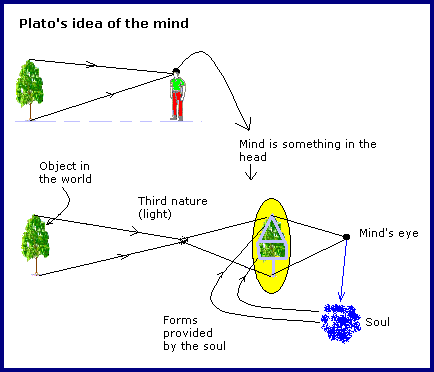
(Plato’s idea of perception courtesy of RobinH, English Wikibooks)
Needs vs. Strategies
| PLATO: |
|
Person
Location
Action
Time
Object
|
If you have any one of the above five (more temporal, tangible) qualities, than what you are focused on is most likely a strategy — rather than a need.
Sarah Jarosz on Austin City Limits “Over the Edge”
Being on edge…
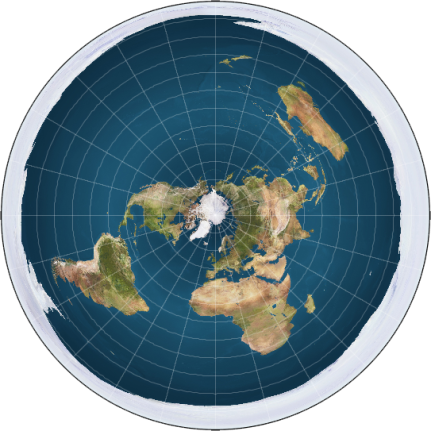
Trump’s Proposed EPA Cuts Threaten Health & Lives of Tens of Millions
Trump’s budget plan has EPA bracing for cuts – CNN Video
Top Trump Advisers Are Split on Paris Agreement on Climate Change

Imagine a world without trees by Alosh Bennett from Hyderabad, India




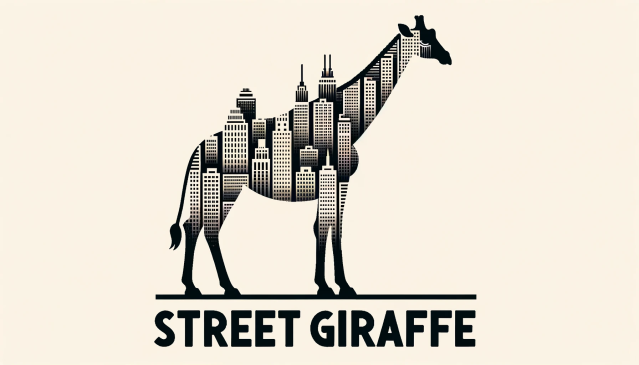








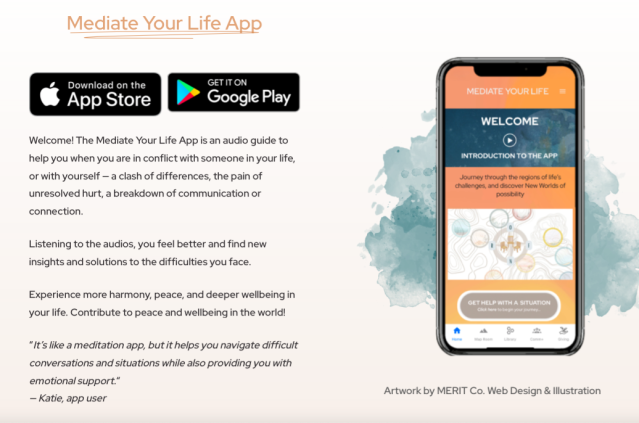








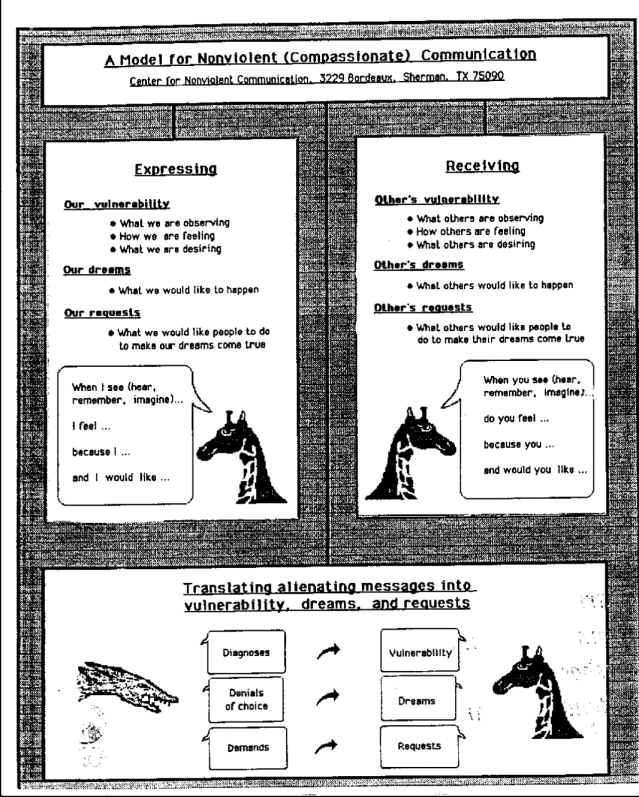

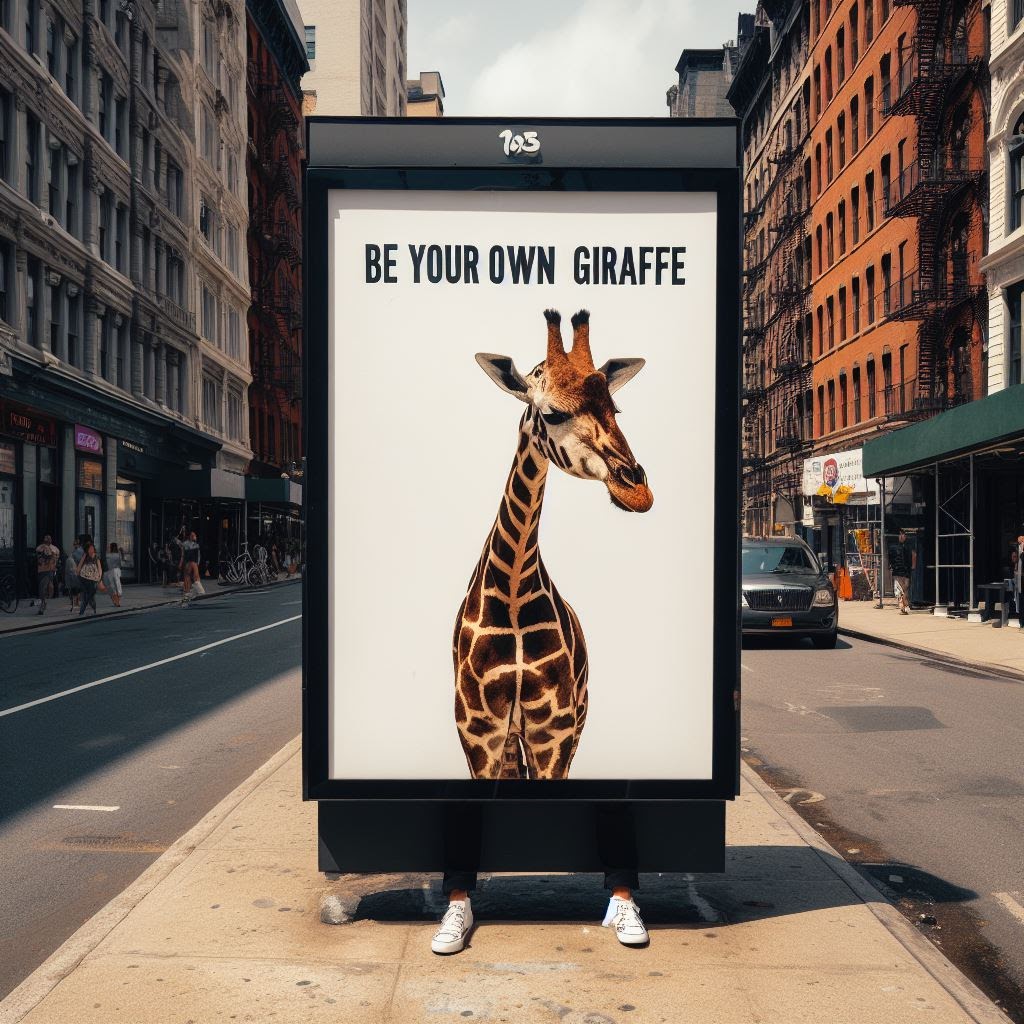

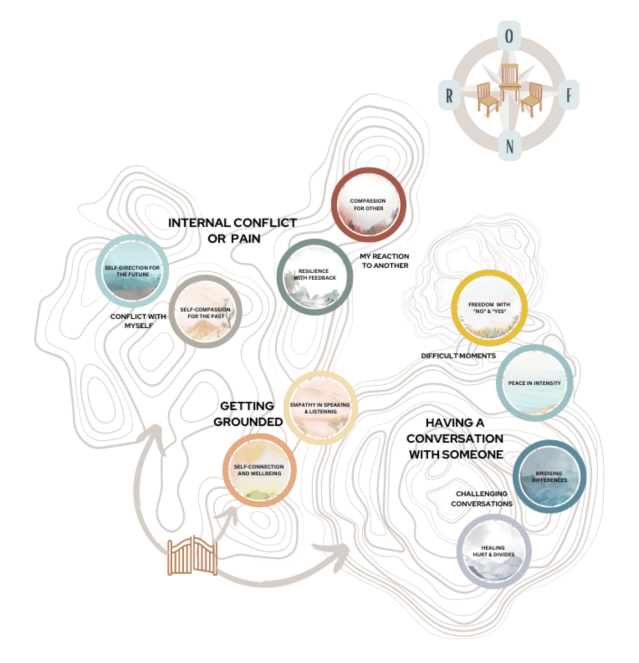
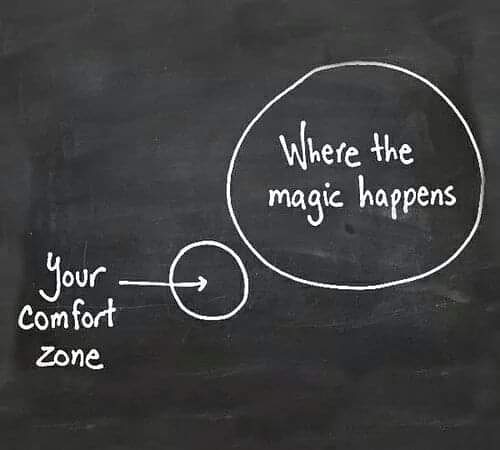


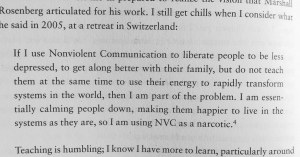
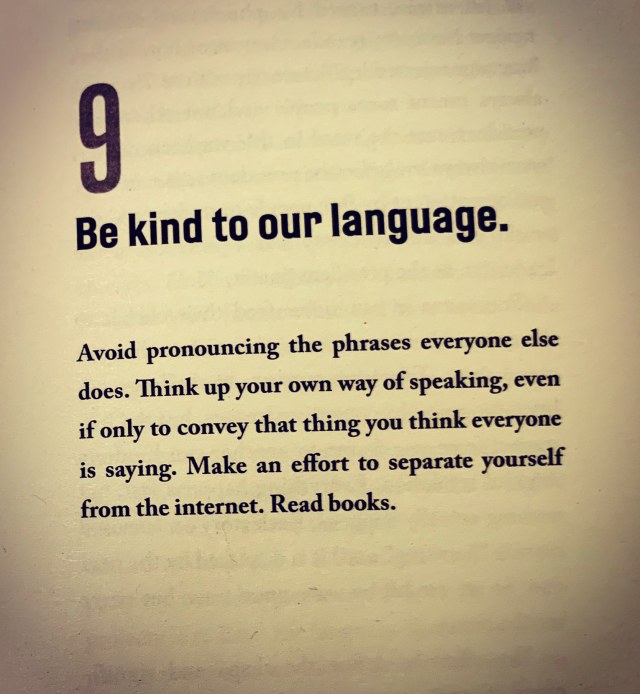

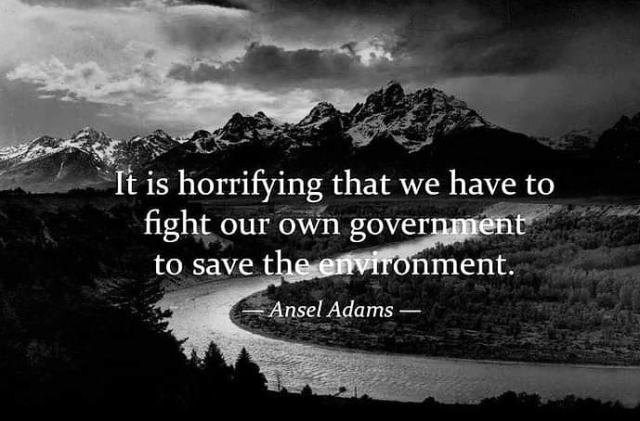
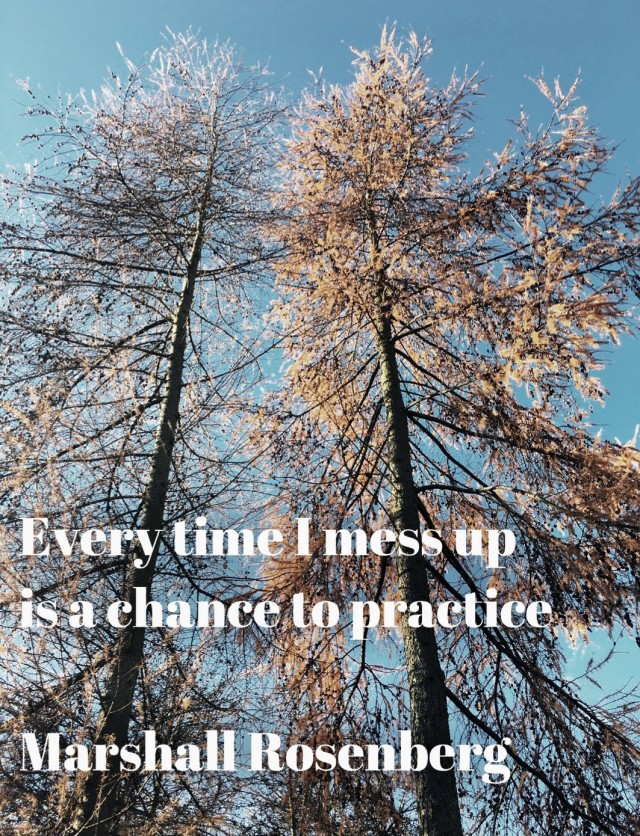

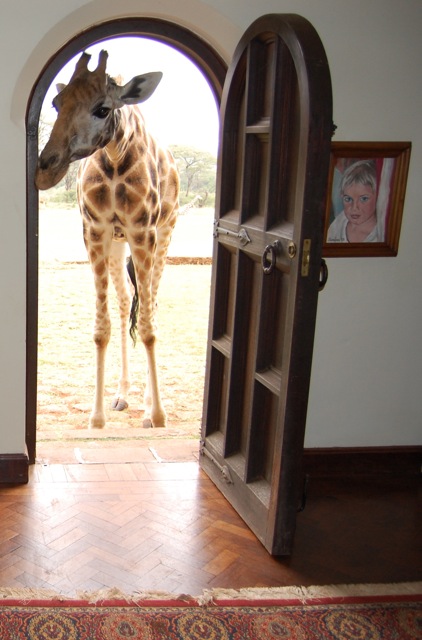



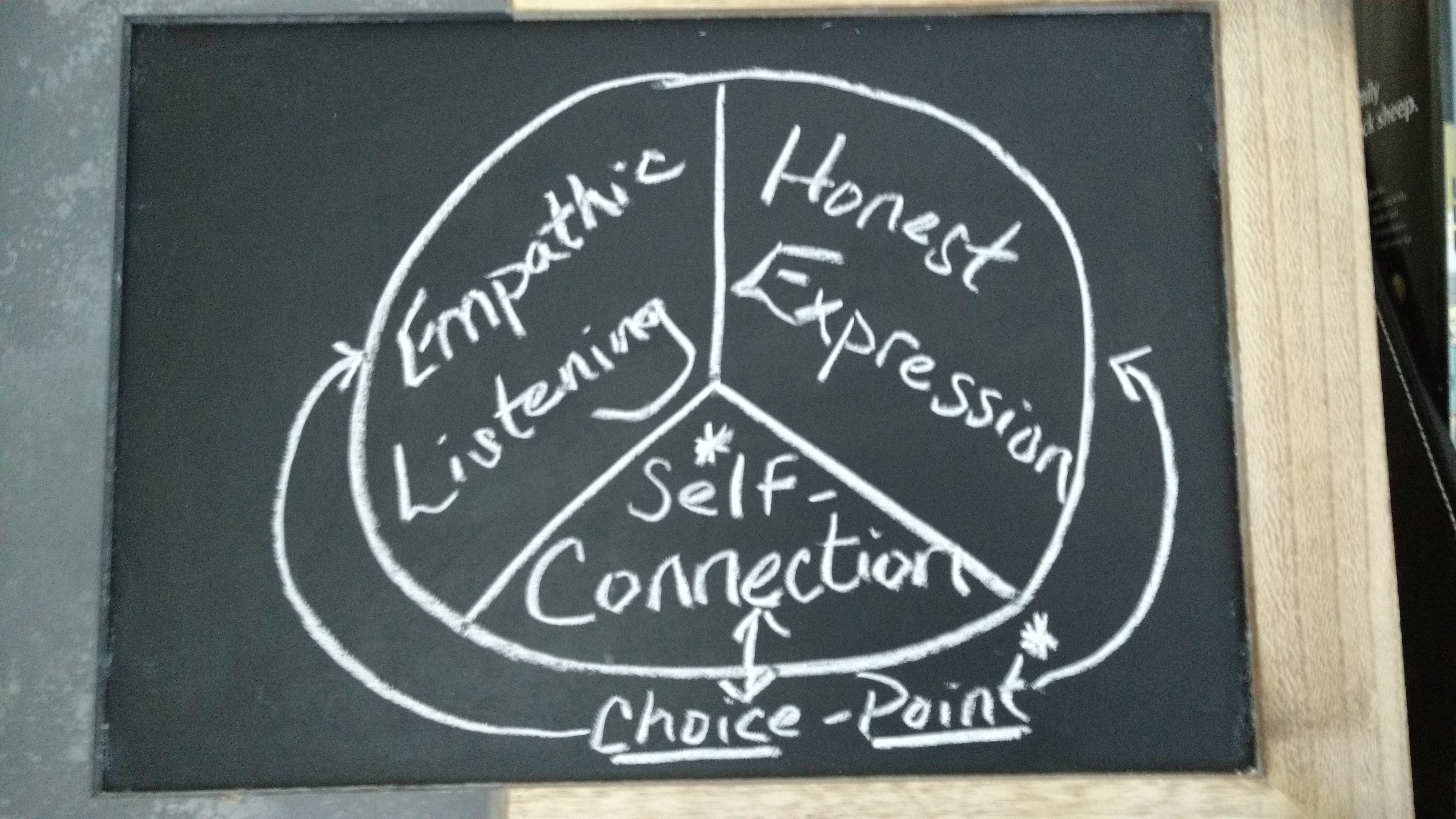

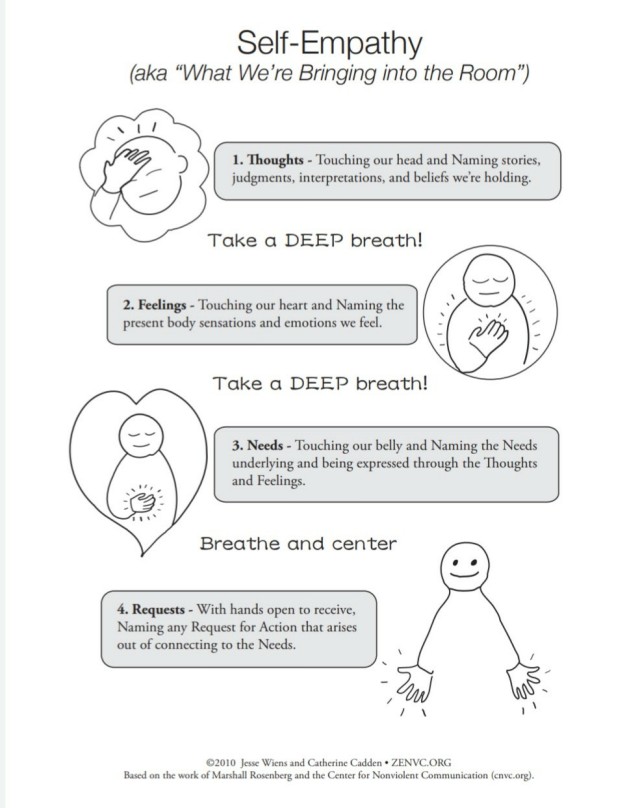
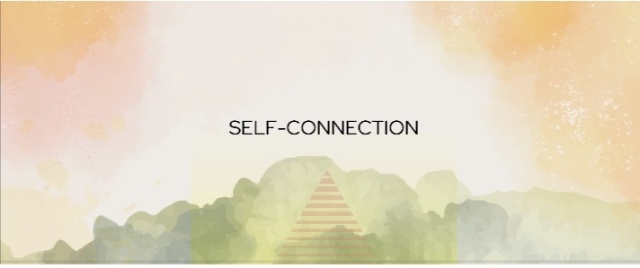
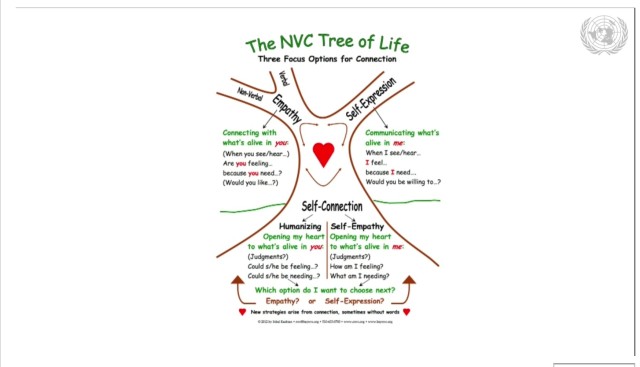
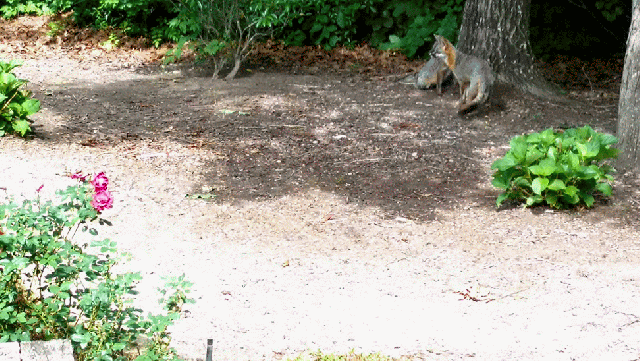


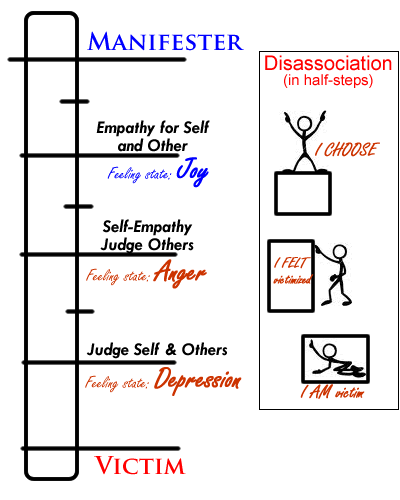




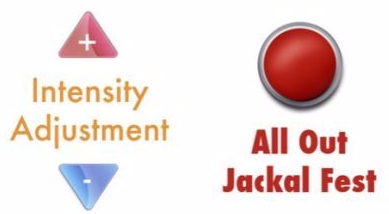

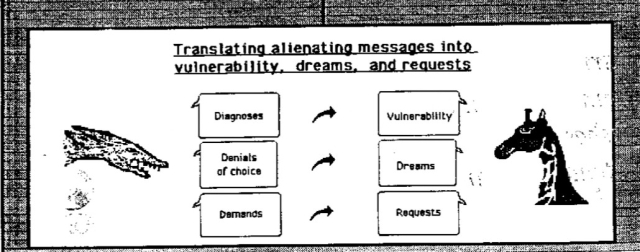
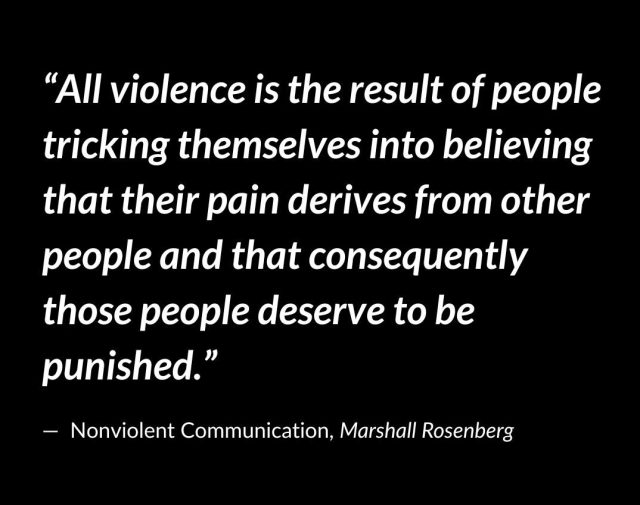
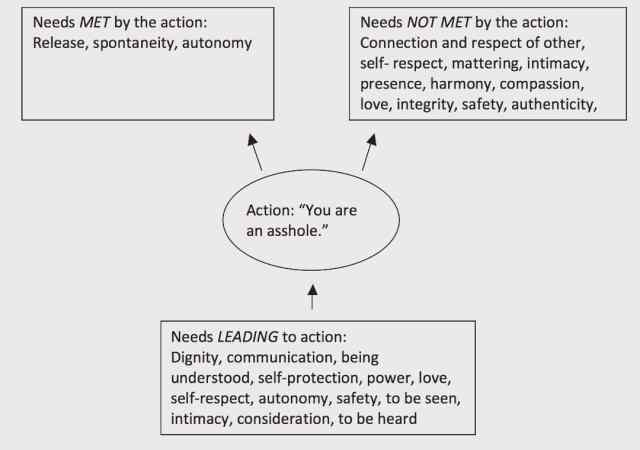

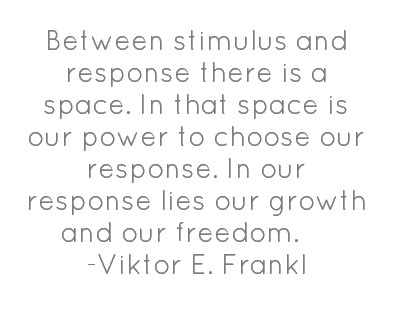





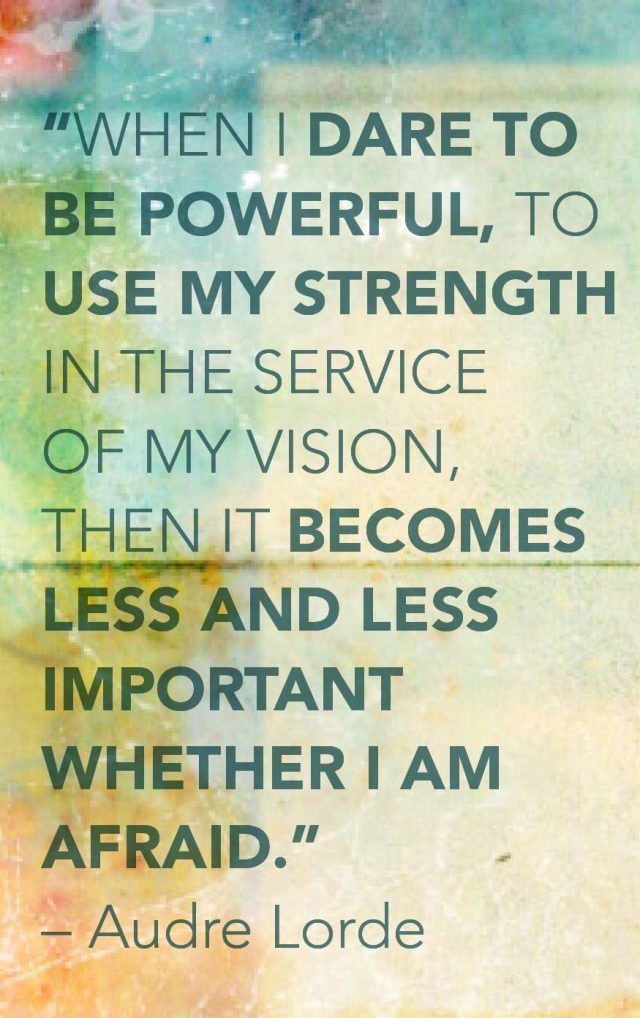




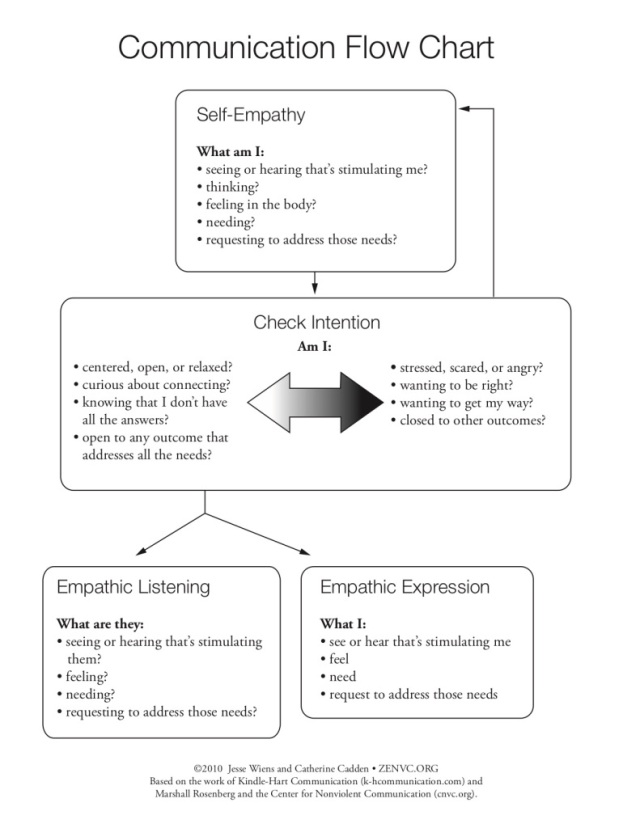
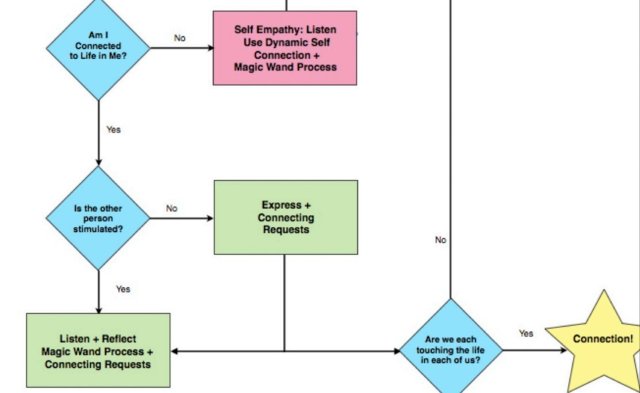
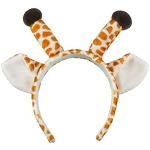



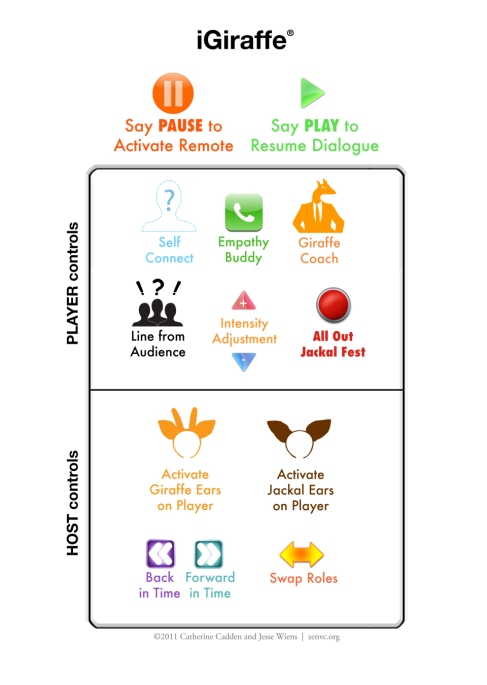
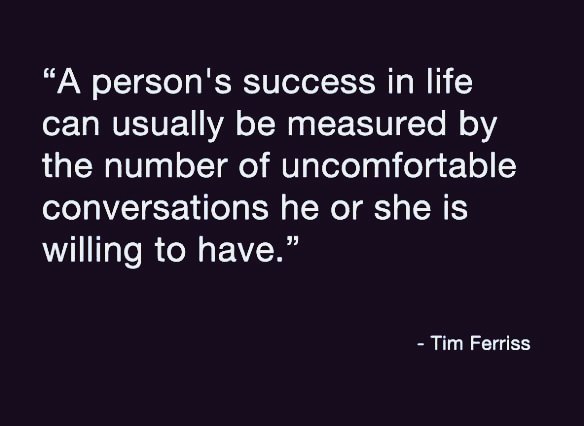

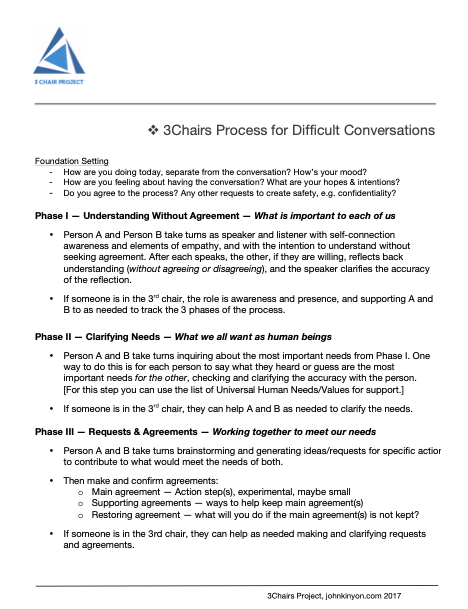







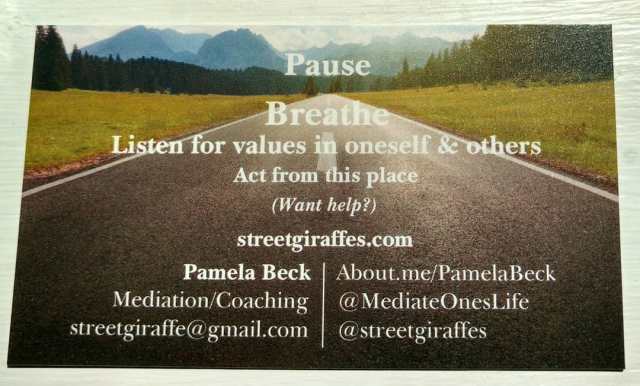
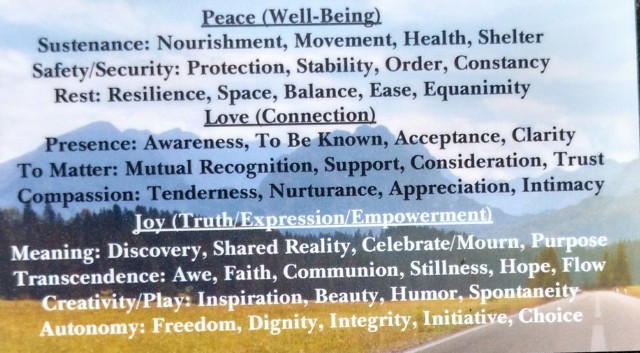










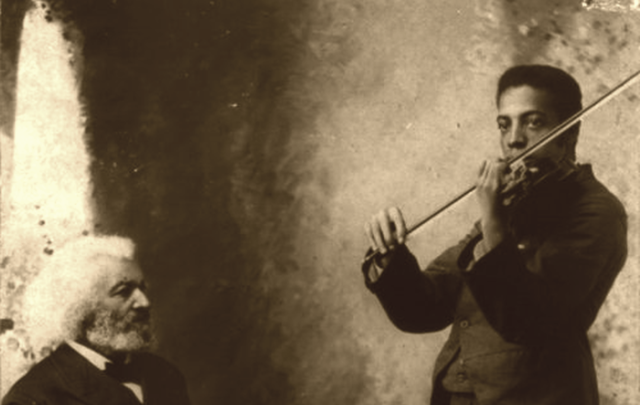
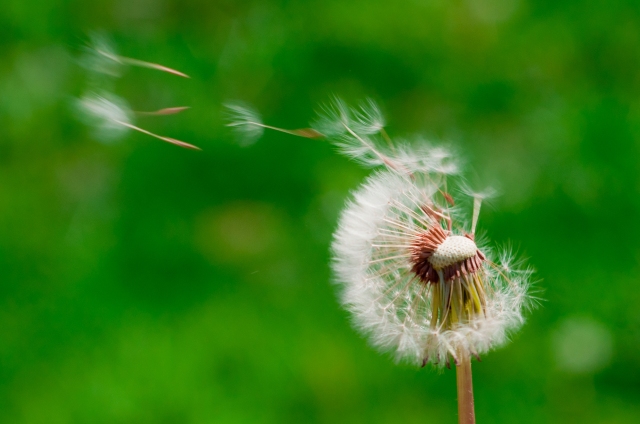







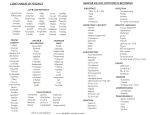


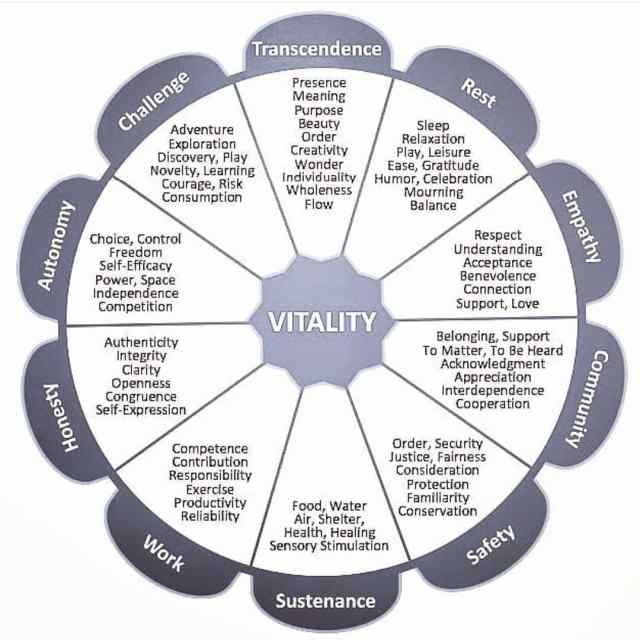
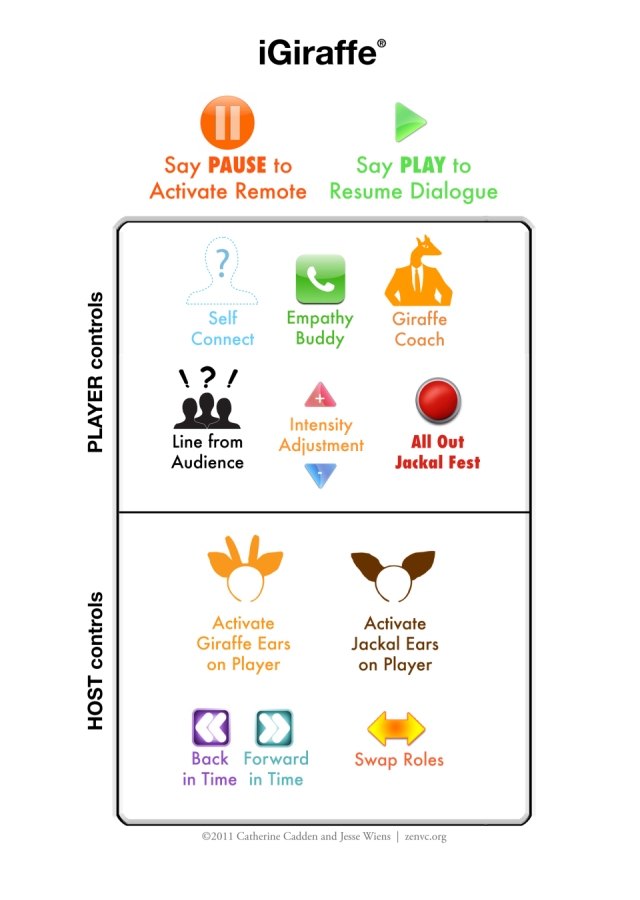

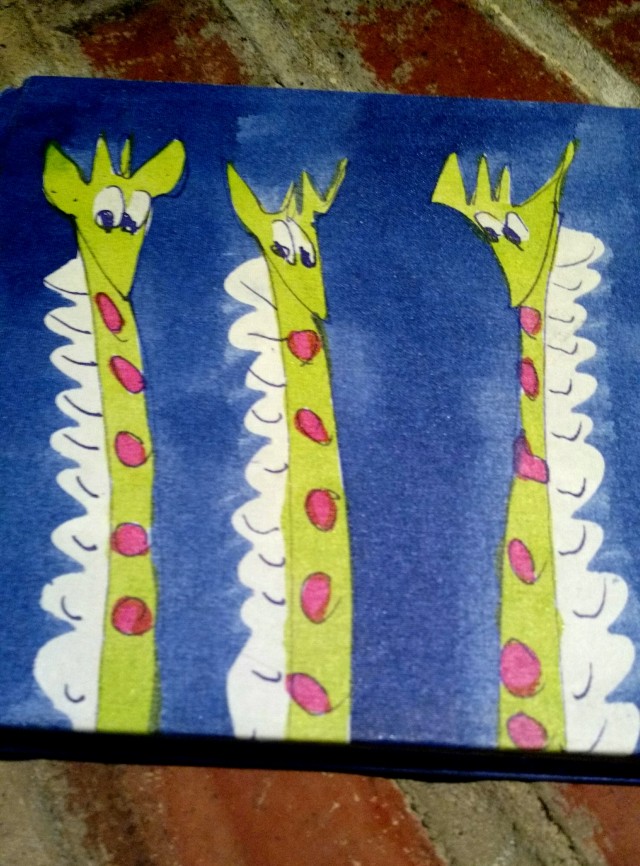

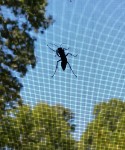
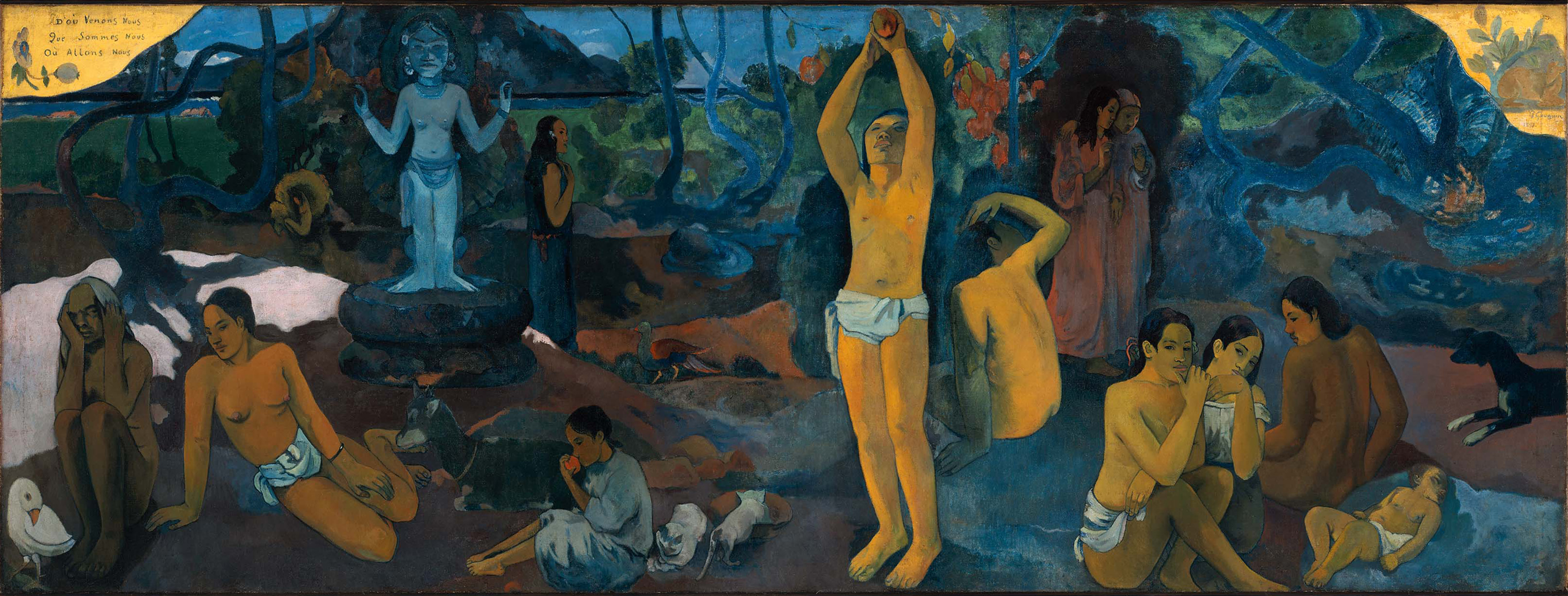
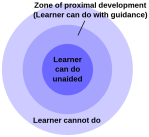

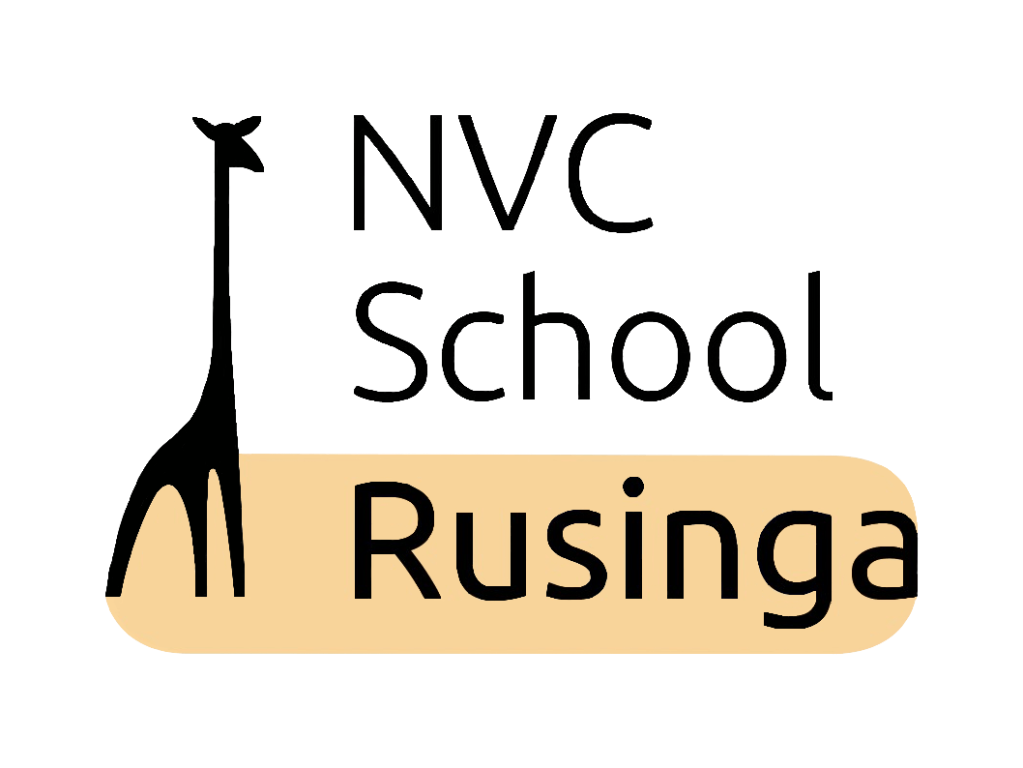
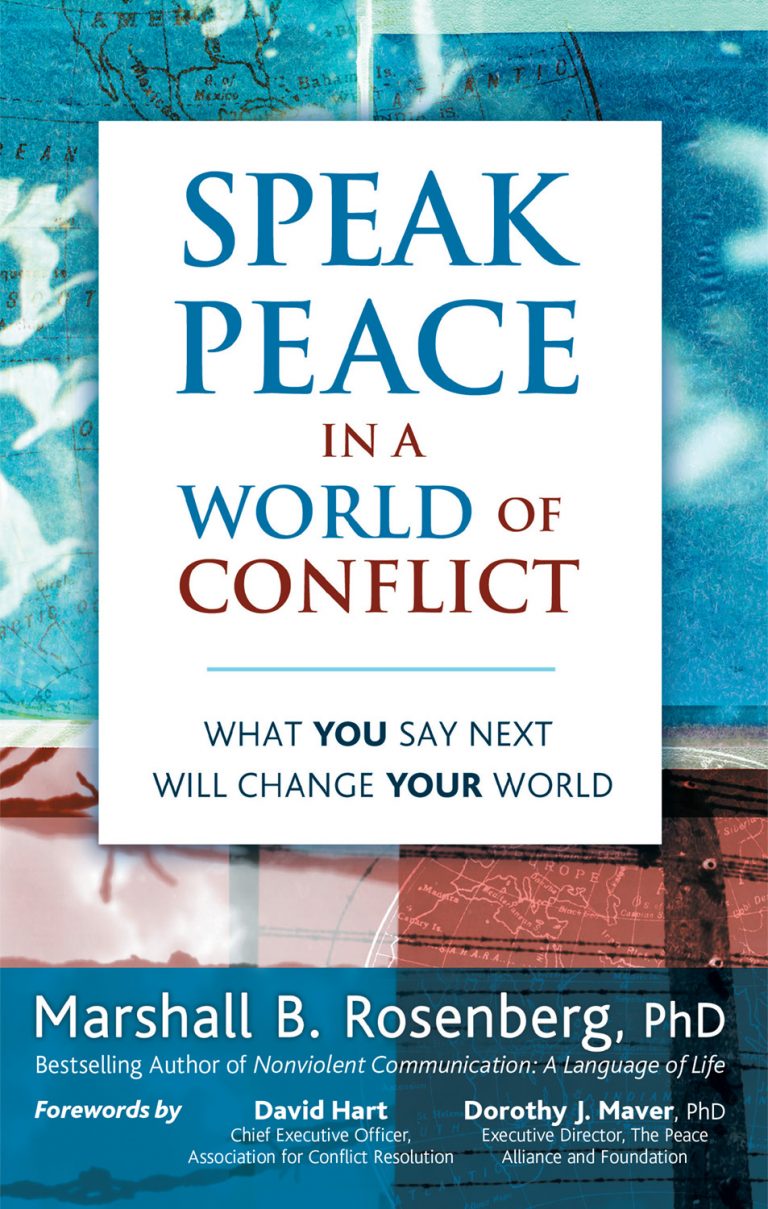

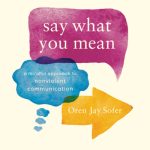
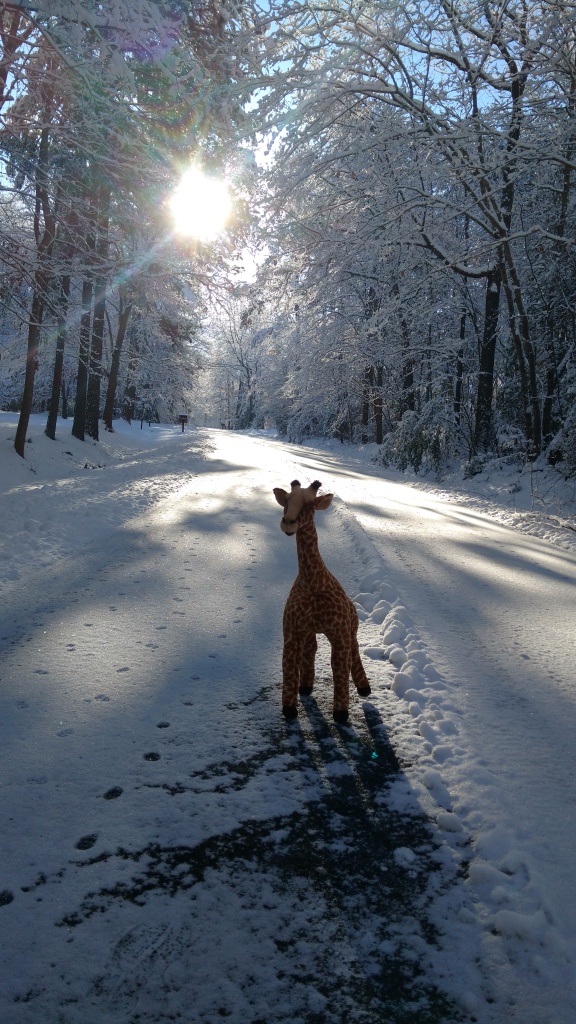

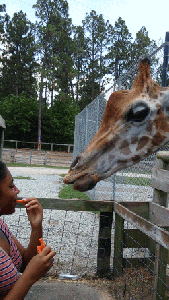
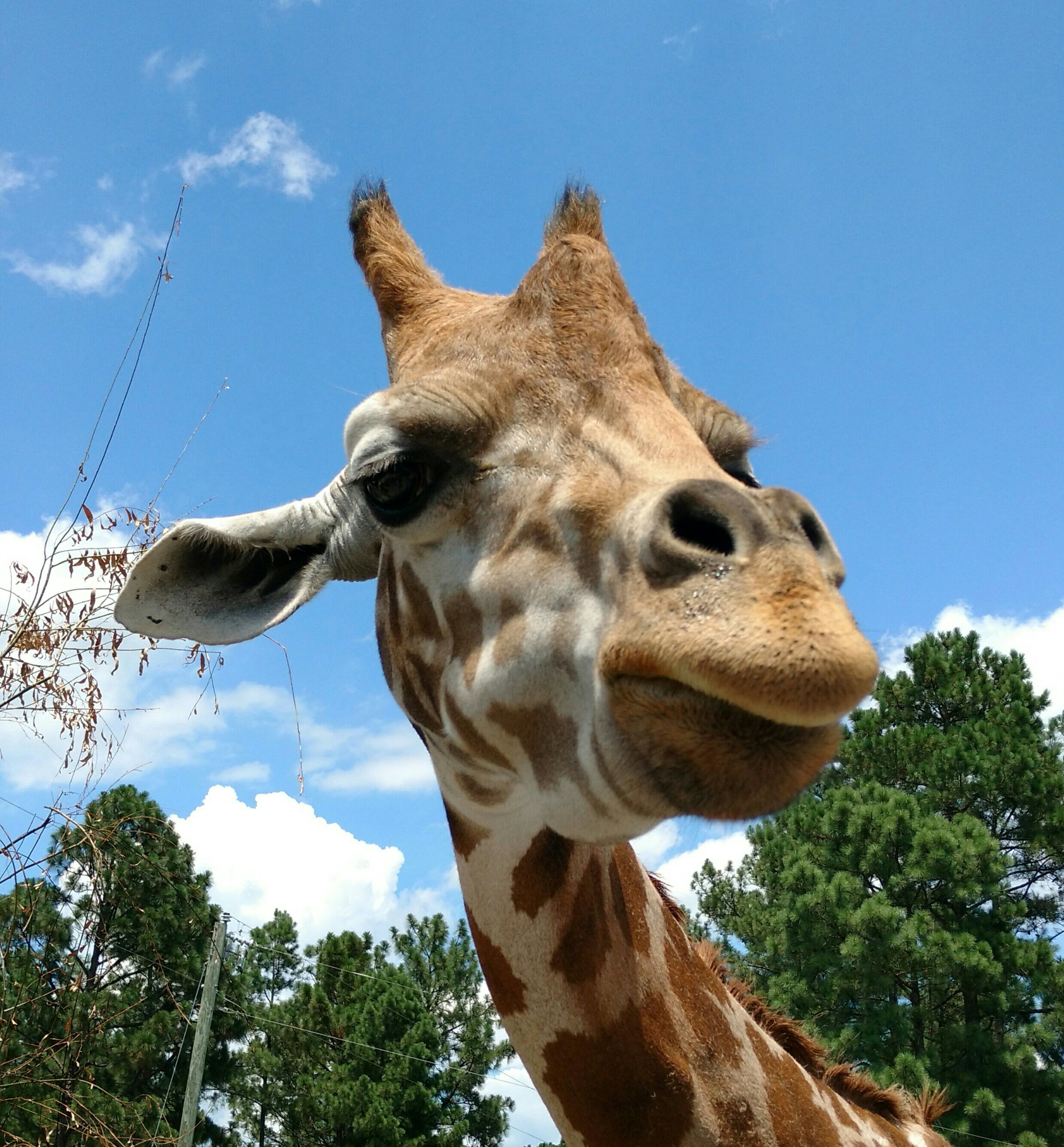


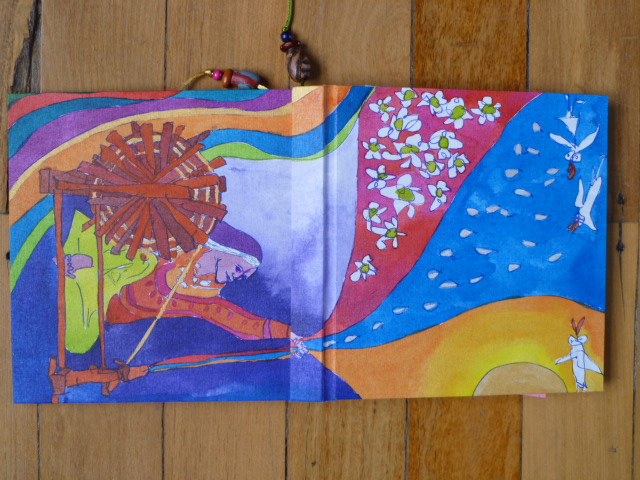
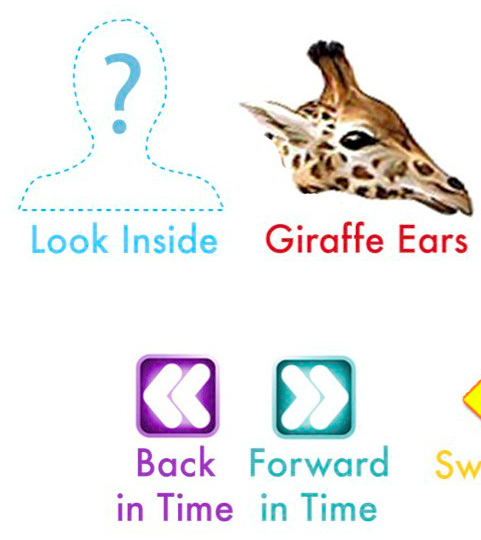







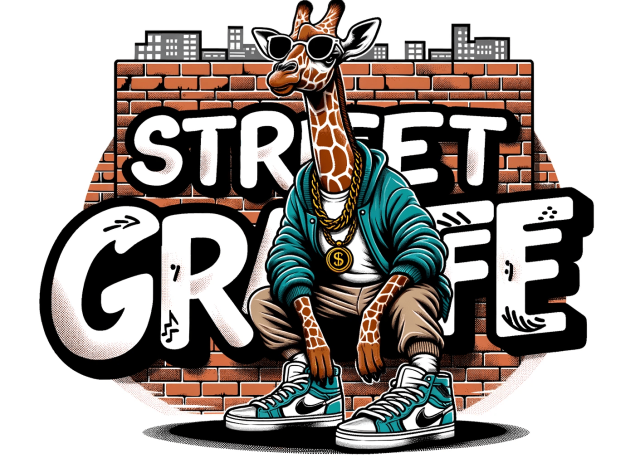
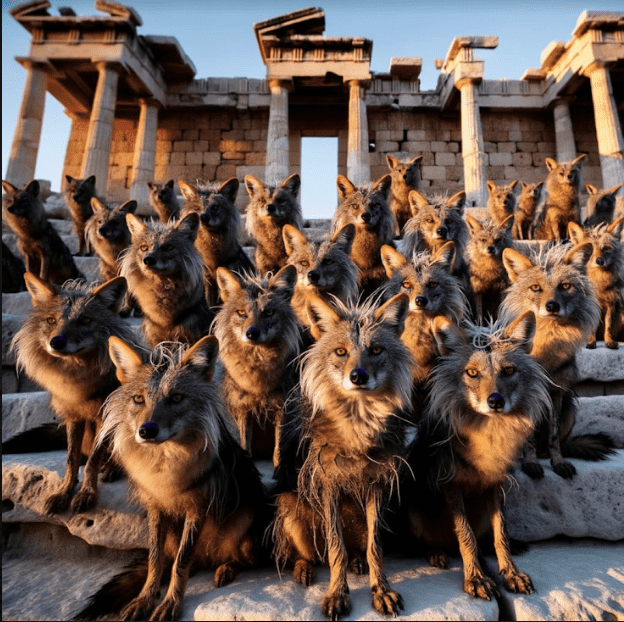
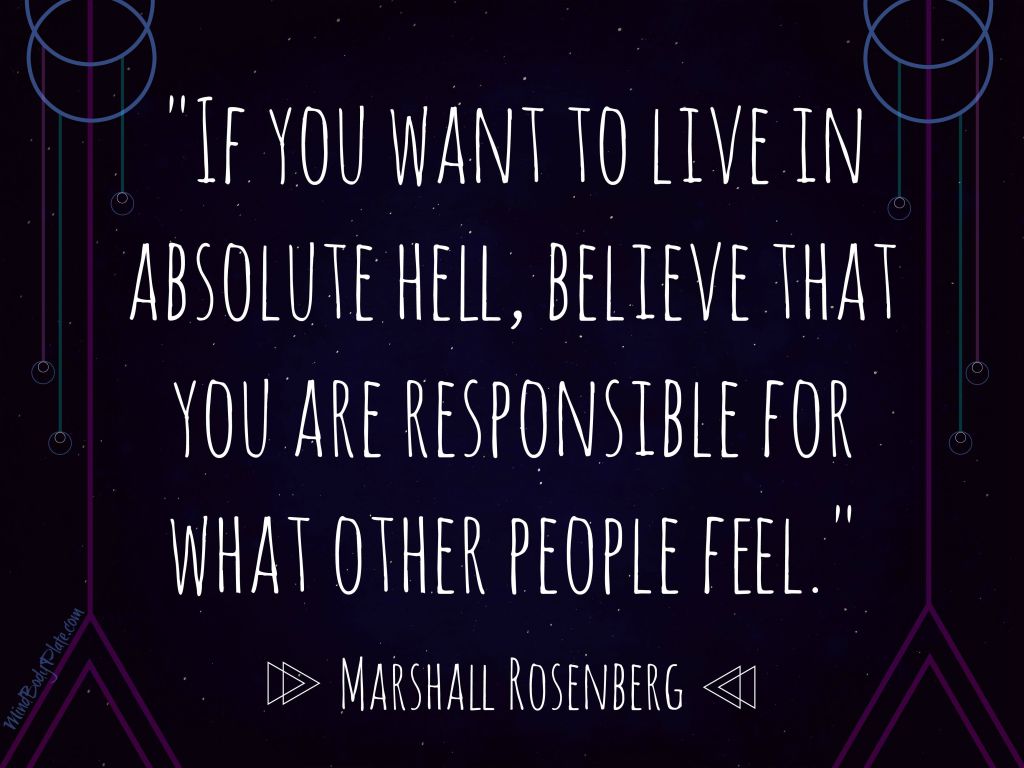







Great read tthanks
LikeLike